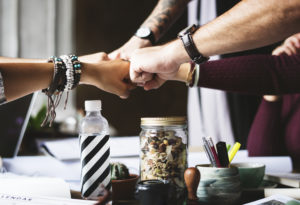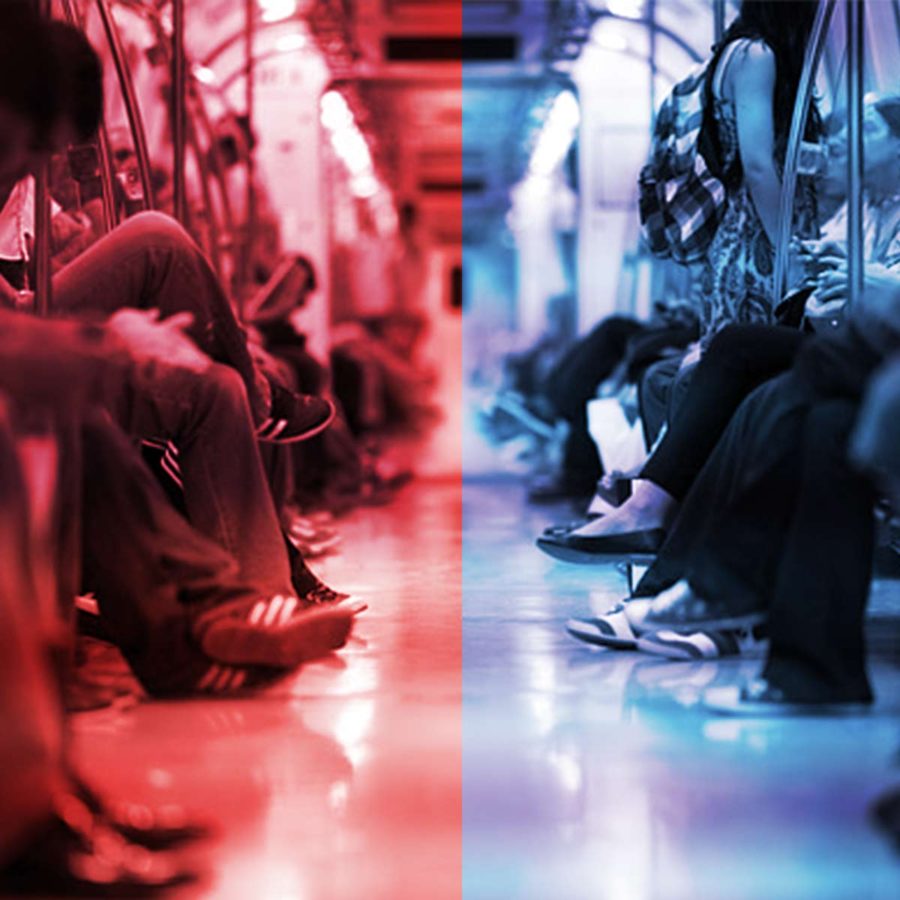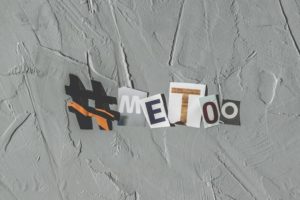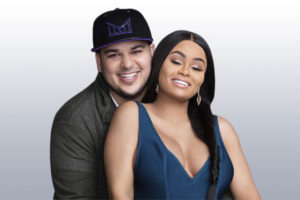Almost any piece of information we could possibly need is only a click away. We’d like to believe that the more information we have access to the more informed as individual citizens and as a culture we become – unfortunately, this is not necessarily the case.
Whichever side of the divide we find ourselves on, it seems we continue to grow farther apart. As Robb Willer explains, “Liberals and conservatives, democrats and republicans, more and more they just don’t like one another. You see it in many different ways. They don’t want to befriend one another. They don’t want to date one another. If they do, if they find out, they find each other less attractive.”
It seems as if this divide is growing deeper, the question is not only how can we bridge the gap, but can we bridge the gap at all? In the age of social media, can civilized and productive conversations between people with different views still exist?
First, we have to understand social media’s role in how news is curated in our feeds.
Blue Feed, Red Feed
In 2015, the journal Science published a paper by Facebook scientists which examined the reactions of different Facebook users to news in their feeds. The findings were later used by The Wall Street Journal to create what became known as Blue Feed, Red Feed.
Users could select a specific filter by which to view articles shared by self-described liberals and conservatives. In a side-by-side comparison, both sides had extremely different news feeds.
Who you are friends with, what you share, which articles you don’t engage with all causes Facebook’s algorithm to highlight information you agree with. When Facebook came under fire for creating such a thing that seemed to cause more harm than good, Mark Zuckerberg defended the news feed arguing that it’s natural for users to engage with content they like as opposed to what they don’t. Just like in real life.
And he’s not wrong.
It’s human nature to listen closely to those you agree with. We are more comfortable listening to our own opinions repeated back to us. The algorithms that present a certain category (red or blue) of information in your feed only exacerbate our opinions and potentially deepen our biases.
We often believe our friends when they tell us something because we trust them. When we trust someone we tend to assume they are telling us the truth.
But instead of listening to one or two friends who agree with you, you are now presented with an abundance of people who agree with you. You now have an excess of information that’s aligned with your beliefs, leaving less time to digest posts from those you don’t agree with. It forces us deeper into our bubble.
Social media and democracy…doomed?
The internet has the ability to connect us more easily than ever before. We can share beliefs, exchange ideas, develop deeper understandings of other cultures, and find new information – at least in an ideal scenario.
In a Ted Talk, ‘Let’s design social media that drives real change,’ internet activist, Wael Ghonim describes the five main problems with our current situation:
“First, we don’t know how to deal with rumors…Second, we create our own echo chambers…Third, online discussions quickly descend into angry mobs…And fourth, it became really hard to change our opinions…Fifth, and in my point of view, the most critical – today, our social media experiences are designed in a way that favors broadcasting over engagements, posts over discussions, shallow comments over deep conversations.”
When examining your own feed, you may realize how many times you simply like a post, or share without comment. There are few instances where true engagement occurs. And when it does, sometimes it’s a little, well, angry.
What is it that often gets people to share information the most? Anger.
While anger can be good when it ignites people to push for change, it can also lead people to be poor listeners. When it comes to truly participating in an exchange of ideas and information, you must listen. Without listening, we can never understand the context of another argument. We can never empathize with their situation. Without true engagement across bubbles, we will never be able to fully participate in our democracy.
A conversation…
 When it comes to an individual, there is never just one story. Yet when it comes to our presence on social media, we find it easy to put people in a box. We see each other as one side of the coin, red or blue. While this may be a true indicator of our political leanings, there are more than two different types of people.
When it comes to an individual, there is never just one story. Yet when it comes to our presence on social media, we find it easy to put people in a box. We see each other as one side of the coin, red or blue. While this may be a true indicator of our political leanings, there are more than two different types of people.
In a conversation on the podcast, With Friends Like These, W. Kamau Bell, of CNN’s United States of America, argues that America has more unique types of people than American’s think. He goes on to explain that we tend to love our own little part of the world, warts and all.
But not matter how much we love our own backyard, it’s important to understand and respect worldviews from the other side of the fence. Now, there may in fact be situations where understanding will never occur. But conversations are a central component of civil discourse and engagement within a democracy.
Social media and real change.
So, can we as citizens engage with social media in a way that doesn’t exacerbate bias and echo chambers? Yes. But we must take it upon ourselves to actively interact with it in that way. It’s difficult because these algorithm driven bubbles exist, and thus, our beliefs that we are right.
But the reality is that we have to change the way the conversation happens on social media. Vincent Fella Hendricks, director for the Center of Information and Bubble Studies, explains:
“The conversations you and I are engaging in here, we have 250,000 years of experience with that. And I can, and one of the important things is, that I, when we sit here, I look into your eyes. You look into mine. And you nod, ‘okay,’ so that’s common knowledge between us. That’s the permanence that we do share, and then I follow back and forth. So we play this stimuli response game. Now, on the social media, we are supposed to do the same. The only difference is, I can’t see you and you can’t see me. So if I’m in doubt about whether or not I’m being heard, what do I do? I shout a little louder.”
It’s no longer enough to engage in pointless shouting matches that we pretend are conversations on social media. Shouting into the void of your news feed won’t bring others to your side of the divide. This only deepen the beliefs of those who already agree with you.
We must look to shape technology in a way that facilitates actual conversations. Whether that be through crowdsourcing mechanisms, policies, more nuanced curation technologies, or completely new platforms altogether. The information age is new, but unless we deepen our abilities to engage in true civic discourse we will remain a blue feed, red feed.






